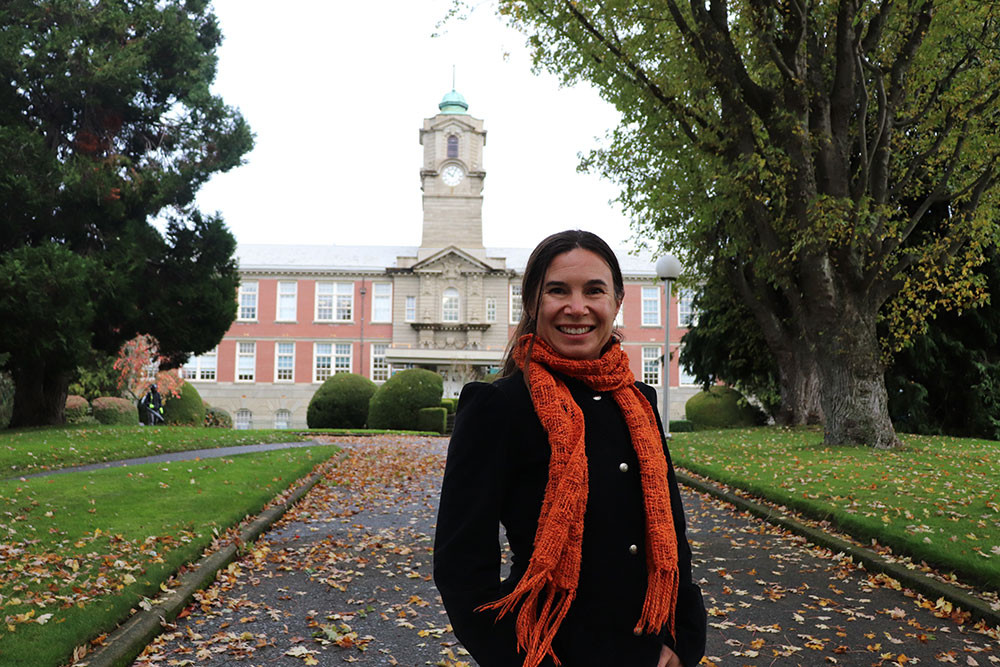How much do you know about the folklore behind the season’s enduring symbols?
There’s more than meets the eye to the decor we see on trees and homes around the holidays. Many Christmas and winter symbols often have their roots in cultural traditions from throughout history and folklore, something that Camosun College Anthropology instructor Nicole Kilburn finds fascinating.
“The undercurrents of ancient cultural traditions are often found in unexpected places,” she says. “Like the Amanita muscaria mushroom, with its distinctive cap with red and white spots.”
Behind the simple mushroom ornament, often seen adorning Christmas trees, holiday patterns and festive trinkets, is a rich history of Siberian shaman, good luck tokens, and ‘flying’ reindeer. Festive already in its natural state, the Amanita muscaria can often be found in the forest floor, encircling the trees through which they live symbiotically. “Much like brightly wrapped red and white holiday gifts,” says Kilburn.
But the mushroom’s yuletide origins go further than just their eye-catching exterior. Traditionally, the Amanita muscaria’s psychoactive properties were used by shaman in Siberian cultures to visit the supernatural realm and connect with the afterlife. While fresh these mushrooms are toxic to humans, Kilburn explains that ethnographic information shows that they have historically been made less toxic using a process that evokes the holiday season—by placing them in socks and hanging by the fire to dry.
“We aren’t the only ones who have used this peculiar fungus to our benefit. While it’s true that mushrooms provide an excellent source of vitamin D, which is crucial to those living in north during the dark months of winter, reindeer snack on these types of mushroom for a different kind of effect. These animals may not be pulling Santa’s sleigh through the sky, but they are known to prance and jump around, almost seeming to take flight, after enjoying one of their favourite snacks.”
From the connection between the Norse god Odin and our modern St. Nick, to Yule being the origins of many Christian Christmas celebrations, there’s often a complex history behind the types of ornaments we hang and traditions we repeat every December. “In Germany winter celebrations include the chimneysweep Schornsteinfeger who arrives on Dec. 31 and is thought to share tokens of good luck and Amanita muscaria mushrooms,” says Kilburn, who appreciates how interdisciplinary studies can show students how traditions continue to influence our culture. “Through social sciences, history and botany, we can really start to see familiar aspects of our world in new ways.”
So, while the mushroom might seem like an odd Christmas symbol, “It’s in fact completely appropriate for the Christmas tree—even with a connection to Santa Claus himself.”
Further information
Nicole Kilburn’s video on the symbology behind popular holiday traditions:
Contact information
Katie McGroarty
Marketing/ Communications StrategistCamosun College

